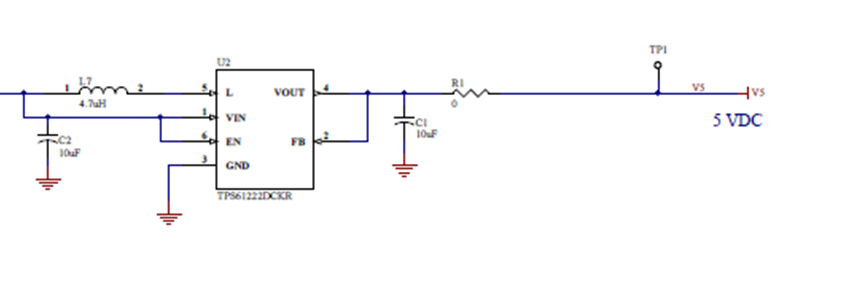Hi team,
I have a customer looking to use the TPS61222 to boost a Lithium+ cell (so 3V-4.2V) up to 5V with output current of ~70mA. This seems like it should be fine according to this graph in the datasheet:
This graph says that 3V in, 5V out should be capable of 150mA. However, when simulating in Webench it returns that 150mA Iout would breach the switch current limit. So, this is one discrepancy.
Then, when simulating in webench at 70mA output, it says it will be marginally stable, but when applying hot and cold temp to the part under those conditions, the 5V output becomes unstable (-20C to 60C). Here is the power supply:
I found that this matches almost exactly this diagram in the datasheet, which says it only outputs "up to 60mA"
I tried to calculate the max output current myself but I didn't really have enough information to do so since the switch current limit in the datasheet is spec'd at 3.3V out...using those values anyway though, I calculated 68.4mA so that doesn't really match.
So in summary:
- Why did webench say these conditions breached the switch current limit, when the datasheet says it should be capable?
- What is the true output current capability of the part at 5V out?
- Any ideas on why my customer's power supply is so marginally stable that a little temp change causes instability?
Thanks,
Brian



